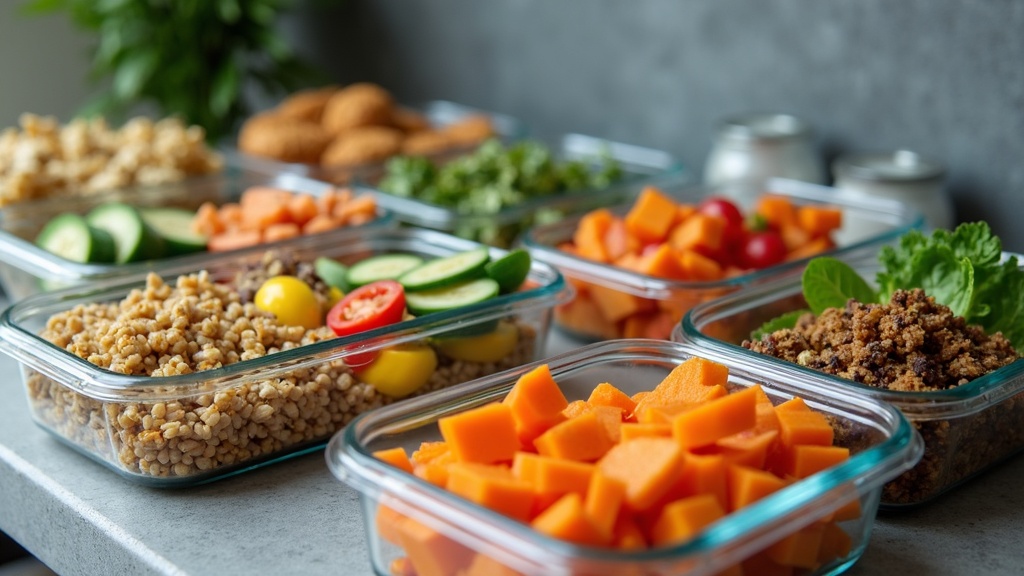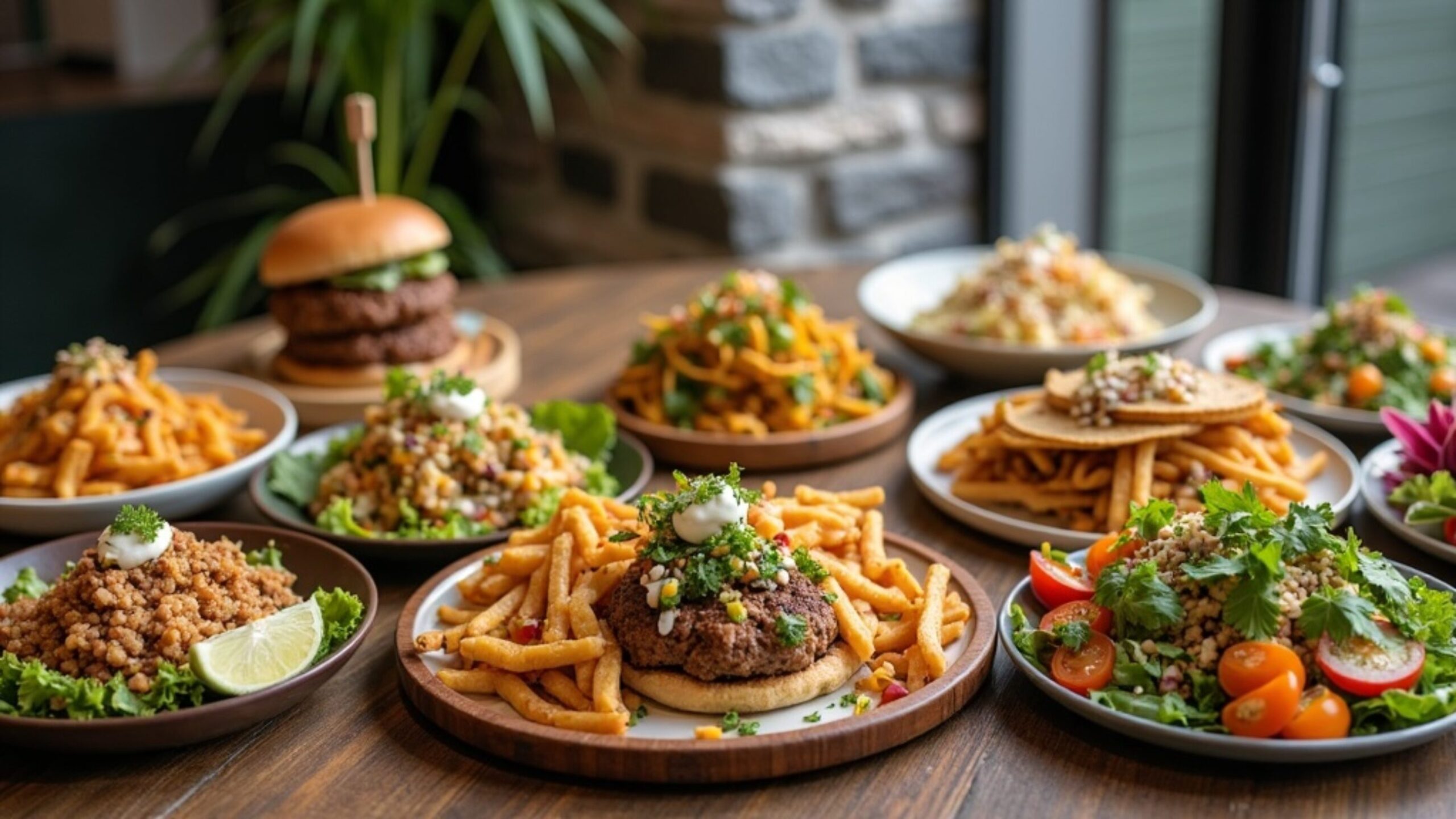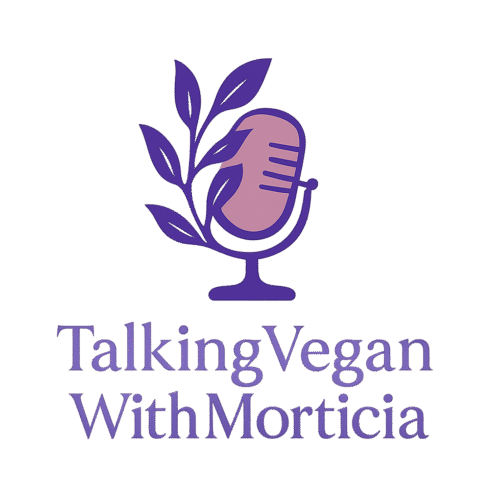Meal prepping makes it way simpler to stick to healthy eating throughout the week, no matter how busy things get. By setting aside a bit of time to prepare meals in advance, I skip the scramble of figuring out what to eat and avoid reaching for takeout just because I’m short on time. It’s a practical habit for anyone wanting to save money, eat better, and keep their week on track.

Why Meal Prep Helps Create a Healthy Week
Meal prepping has grown in popularity for some really good reasons. Having meals ready to go can help keep you from making unhealthy choices when you’re hungry and short on time. With a little planning, I avoid skipping meals or choosing fast food just because it’s quick. The habit also makes portion control easier and keeps my nutrition consistent from Monday through Friday.
According to the CDC, about 1 in 3 adults in the U.S. eat fast food on any given day. Prepping meals at home means I control the ingredients, which often leads to less added sugar, sodium, and unhealthy fats. On top of that, I’m cutting down on last-minute food waste because I buy only what I plan to use.
Meal prepping is all about having healthy options right at my fingertips, making healthy eating the default choice instead of the exception. Even on the busiest weeks, a stocked fridge helps me eat balanced meals I actually look forward to.
A little meal prep also supports mindful eating. Since I’m measuring out portions and picking ingredients myself, I get a better sense of what goes into my food. This makes it simpler to stick to dietary goals, like eating more veggies, upping protein, or reducing processed foods.
Getting Started with Meal Prep
If you’re new to meal prepping, getting started really just involves a bit of planning. Even a simple first step, like doubling a recipe at dinner and saving half for later, counts as meal prep. Here are some basics that help me keep things manageable at the beginning:
- Start Small: Rather than prepping all meals and snacks for the entire week, I usually pick one or two meals, like lunch or dinner, to prep in advance.
- Pick Favorite Recipes: I stick with meals I enjoy and know how to make already. Familiar flavors keep me from getting bored and ditching the plan halfway through the week.
- Choose Simple Dishes: Recipes with minimal steps or ingredients (like stir fries, sheet pan meals, and grain bowls) work best until I find my rhythm.
My first attempts at meal prep included prepping overnight oats for breakfast and mason jar salads for lunch. Having these ready saved me from skipping meals during the morning rush or grabbing junk food at midday.
As you gain confidence, you might add new dishes to your routine. It helps to play around with seasoning blends, grains, and proteins so you don’t get stuck in a rut, and prepping a few snacks, like chopped veggies or hummus, can make it even easier to avoid unhealthy options.
A Quick Guide to an Efficient Meal Prep Routine
Meal prepping can feel a bit overwhelming at first, but breaking it down into steps makes it doable. Here’s how I organize a simple, effective prep session:
- Plan the Menu: I decide on the meals I want to eat during the week and make a shopping list based on that plan.
- Shop Smart: Buying only what’s needed for my recipes helps lower waste and keeps my grocery bill reasonable.
- Prep Ingredients: I wash and chop veggies, cook grains (like rice, quinoa, or pasta), and portion out proteins (think grilled chicken, tofu, or beans) all at once. Doing these tasks in batches saves a lot of time.
- Assemble Meals: I put meals together into containers, grains, proteins, and veggies get portioned for quick grab and go lunches or dinners.
- Store and Label: I always label with the prep date and what’s inside. Clear containers help me see what I have ready during the week.
With these steps, all I need to do is grab a container from the fridge, heat it up, and eat. No extra cooking or decision making during rush hour.
Another small tip: prepping a few fresh herbs or adding a squeeze of citrus can make each meal feel new. Switching up add-ins doesn’t take much extra time but does help with variety.
Common Meal Prep Challenges and How I Handle Them
Meal prepping isn’t always smooth sailing. These issues can make it tough, but I’ve found helpful ways to handle them:
- Getting Bored with Repeats: I switch up sauces, seasonings, or side dishes to make similar base ingredients taste new each day.
- Finding Enough Time: I keep prep sessions under two hours by sticking to easy one pan dishes or batch cooking a big pot of soup or chili.
- Storage Problems: Investing in a few high quality glass or BPAfree plastic containers in different sizes helps me portion out meals and prevents leaks.
- Foods Not Staying Fresh: I often wait to add delicate ingredients like avocado, greens, or chewy toppings until the morning of, so textures stay crisp.
Batch Cooking
Batch cooking is a classic for a reason; I whip up big portions and freeze half, so future weeks are easier. Chilis, soups, and curries freeze well and taste just as good (sometimes better) when reheated.
Keeping Meals Interesting
Having a handful of sauces, spice blends, or dressings ready means I can refresh a meal easily. One day, roasted veggies go with Italian seasoning and grilled chicken; another day, the same veggies get curry sauce and tofu. I also like to use tortillas or pitas for wraps to create a new take on the same ingredients.
Tips for Making Meal Prep Easier (and More Fun!)
Over time, I’ve found a few shortcuts and habits that make meal prepping feel less like a chore and more like a part of my wellness routine.
- Multitasking: Cooking several things at once (like veggies in the oven, rice in a pot, and chicken in a pan) saves tons of time.
- Use Time Saving Gadgets: Instant Pots, slow cookers, and air fryers all make meal prep faster and often need less active cooking.
- Focus on Versatile Ingredients: I prep staples like quinoa, grilled veggies, or chickpeas, which can mix and match with different sauces or proteins.
- Create a Weekly Theme: Choosing a theme, like Mediterranean bowls or taco night, makes it easier to plan meals that reuse ingredients.
- Clean as I Go: Keeping the kitchen tidy during prep makes cleanup less of a drag.
Meal prep playlists or podcasts keep the vibe light and help the time go by faster, too. Turning it into a weekly routine with fun audio makes it less of a slog and more like personal time. Sometimes I share prep pictures with friends, which also gives a little extra motivation.
Healthy Meal Prep Equipment Worth Having
Not much equipment is needed to get started, but a few key kitchen items make things smoother:
- Quality Containers: Leakproof, reusable glass containers with tight fitting lids work for both fridge and freezer storage.
- Sharp Chefs Knife: A solid, sharp knife makes veggie prep faster and, honestly, much less frustrating.
- Sheet Pan: For easy roasted veggies, proteins, or sheet pan dinners.
- Rice Cooker or Instant Pot: These appliances help cook grains and proteins with minimal hands-on time.
- Measuring Cups and Spoons: Helps keep portions and recipes consistent.
While specialized gear isn’t required, having a few reliable tools helps keep me motivated and cuts down on the hurdles that make meal prepping less appealing if I’m pressed for time. Doing a bit of prep with good tools makes the whole ride smoother.
Popular Meal Prep Combos for a Healthy Week
When I need ideas, I look for combinations that are easy to make in bulk, reheat well, and stay tasty for a few days. Some of my go-tos include:
- Grilled Chicken, Brown Rice, and Roasted Broccoli: Tasty hot or cold, and I can swap the seasonings any time.
- Lentil Vegetable Soup with Whole Grain Bread: Packs well for lunch and freezes beautifully.
- Greek Salad Jars: Layers of veggies, whole grains like quinoa, feta cheese, and a lemony dressing that keeps it fresh until lunchtime.
- Egg Muffins: Whisked eggs, veggies, and cheese baked in muffin tins for a grab and go breakfast all week.
Mix and match bowls, like brown rice, black beans, salsa, and roasted veggies, are super flexible and let me use up whatever is in my fridge without much planning. I sometimes add extras, like sliced avocado or a handful of greens, for texture and flavor variety.
Frequently Asked Questions
Here are a few common questions I hear about meal prepping for a healthy week:
Question: How long do prepped meals stay fresh?
Answer: Cooked meals stored properly in the fridge usually stay good for 3 to 4 days, depending on the ingredients. If I prep for more days, I freeze a few portions to keep them safe and tasty.
Question: Is meal prep expensive?
Answer: Meal prepping is often cheaper over time than buying single meals or eating out, especially if I plan meals around grocery sales or bulk items. The savings add up fast with some basic planning.
Question: Do I have to eat the same thing every day?
Answer: Not at all! I make use of versatile ingredients and play around with sauces, toppings, and different sides to keep meals interesting. Prepping a few different meals in smaller batches keeps things varied.
Wrap-Up: How Meal Prep Shapes My Healthy Week
Meal prep takes a bit of work up front, but the payoff for saving time, eating better, and cutting decision fatigue is huge. Prepping my meals has helped me eat more veggies, try new recipes, and avoid last minute unhealthy choices when things get busy.
With a bit of planning, basic kitchen tools, and some favorite recipes, meal prep becomes just another part of my week; one that helps me stay on track without much extra thought. It’s definitely worth checking out if you’re looking for a way to make healthy eating less stressful and more sustainable long term.

